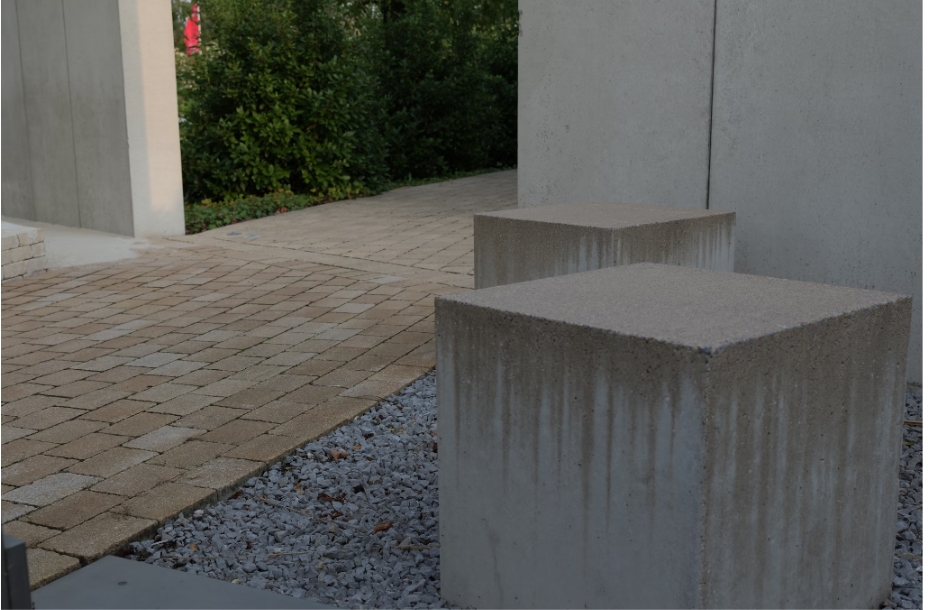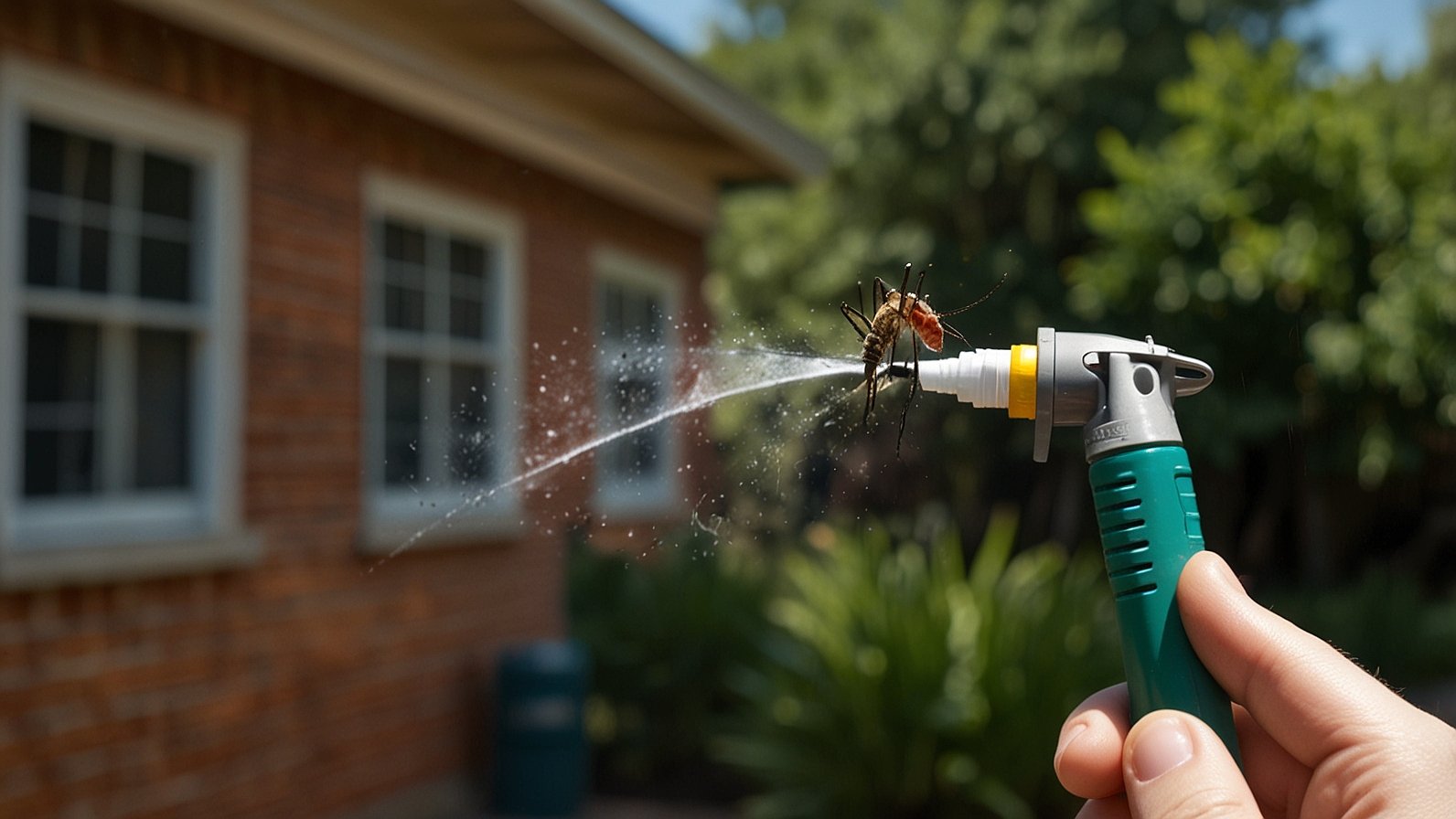The choice of wood or concrete for your outdoor activities is an important consideration to make. Whether you are constructing a patio, a deck, or outdoor furniture, the material you use could be a significant determinant of durability, long-term maintenance, cost-effectiveness, and value of your property. The following is a convenient analysis to assist you in making the right choice.
Durability in Outdoor Environments
Exterior structures need to be resistant, and wood and concrete both have their merits. Concrete is the stronger of the two. It can handle extreme weather, from rain to sun, and will not warp or rot. Concrete isn’t invincible, however. It will crack and form holes within it. Wood, if not treated, will suffer from moisture, insect, and sun deterioration. Treated wood will endure a bit longer, but will need periodic inspection for rot and wear.
In addition, concrete also withstands wear and tear better. A properly installed and cured concrete structure can last structurally for decades. Wood, treated or not, will show wear, particularly in wet or high-traffic conditions.
Maintenance Needs
Maintenance is something to consider when choosing outdoor materials. Concrete is low maintenance. It can be maintained by rinsing it occasionally with soap and water. It will also be protected from stains by sealing it every now and then, but this usually only needs to be done every couple of years.
Wood is strict regarding maintenance on the other hand. Sealing or staining is performed more often for the purpose of safeguarding it from dampness and beauty retention. Without protection, wood loses its integrity, becomes cracking and needs a necessity to carry out replacements and repairs on a regular basis.
Appearance and Visual Attractiveness
The best material, from a beauty point of view, is usually personal. Wood creates a warm, natural appearance that appeals to most homeowners. It creates a cosy atmosphere and flows well with the surrounding environment, so it’s usually used for decks and pergolas.
On the other hand, concrete, sometimes considered more industrial, has become incredibly flexible in design. Processes like stamping, staining, and colouring can make concrete imitate high-end stone or even wood, hence making it a contemporary option for contemporary architectural styles. You’ll also find unique woodgrain concrete sleepers, for example, that add charm to your space.
Ultimately, your decision may hinge on your appreciation for the natural beauty of traditional wood or the sleek, flexible appearance of concrete. Both products are stylistically versatile, but the process differs.
Initial and Recurring Costs
Cost is also a consideration when planning an outdoor project. Concrete may be more costly upfront with the materials and labour required to lay it correctly. Wood, being less costly upfront, may be the best choice for those with a limited budget.
However, the long-term cost is varied. Despite being more costly initially, the low maintenance and high durability of concrete make it an inexpensive choice in the long run. Although costing less in the beginning, wood becomes costly to maintain in the long run.
It’s also wise to think about the cost of repair. Although concrete crack repair might be expensive sometimes, it’s a less frequent occurrence. Wood restoration can have rotten boards replaced or an entire building needing to be treated, and it can generate recurring costs.
Final Decision: Concrete or Wood?
Both concrete and wood are great and interesting when exposed outdoors. If durability and low maintenance are most desired by you, then concrete may be the option for you. However, if natural warmth and the classic look appeal to your taste, wood might be the thing for you—just factor in the added upkeep.










